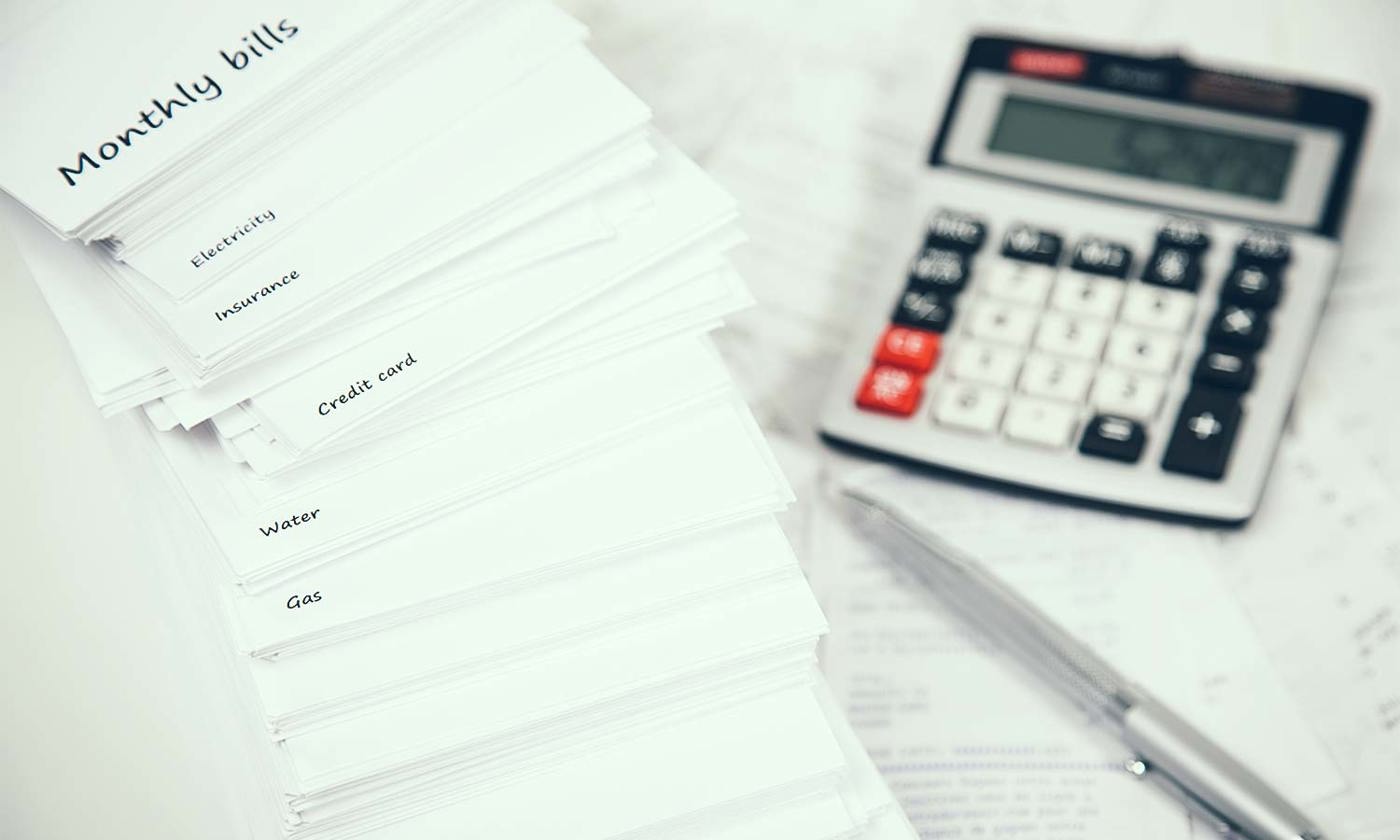Like what you see?
Sign up to receive more free parenting advice.
Thank you for subscribing to our newsletter!
Lifestyle

iStock.com/Gargolas
If you ask your grandparents how they managed their money and in particular their month-to-month budget, their likely response will be the envelope method.
What is the envelope method?
During the era of physical cash people would come home on pay day, sit around the kitchen table and divide their money into different envelopes for the monthly expenses. For example: food, petrol, rent/mortgage, power etc.
Although how we now get paid and pay our bills is completely different, the envelope method of managing money is still one of the best methods.
So, how do we best use the envelope method in the digital age?
It basically works in the same manner:
1. Go through your current expenses and analyse how much is being spent in each area – you might be shocked how much you spend in particular areas, but you are not alone as most people are.
2. Use this analysis to formulate a realistic budget.
3. Group like expenses together:
- Rent/Mortgage/Loans
- Weekly Cash/Eftpos Expenses – examples include;
- Food
- Petrol
- Regular Direct Debit Bills – examples include;
- Insurance
- Childcare/School Fees
- Power
- Water
- Rates
- School Fees
- Phone/Internet
- Personal Discretionary Spending
- Entertainment
- Sport
- Personal care – haircuts etc
- Children activities
- Savings
- Holidays
- New car
- Home improvements/New home
4. Set up automatic direct debits to allocate the right amount of your pay, into the right pot at the right time – For example:
- Mortgage Repayments – allocate to you offset account with no card access.
- Weekly Expenses – allocate to a cheque account with card access – once the money runs out for the month it runs out (do not take money from other accounts).
- Lumpy Regular Bills - allocate to your offset account with no card access.
- Personal Discretionary Spending - allocate to a cheque account (separate to the cheque account in point B) with card access – once the money runs out for the month it runs out (do not take money from other accounts).
You will not set this up perfectly first time. Actually it will always be a work in progress, but you will get closer to mastering your money each month, especially if you set aside regular time every month to tinker with your system.
New clients, Marcus and Simone recently went through this exercise, let’s see how it worked out:
Before, going through the process, Marcus and Simone thought they were doing the right thing by having all of their income paid into their (mortgage) offset account and then they made withdrawals from this account to fund all of their costs.
Though they had a pretty good idea of their expenses, they regularly had months (when the big bills were due, we all have the month marked off in the calendar where we avoid the letterbox, because we know it will day after day of bills) when they spent more than what was in their account, which saw their credit card steadily rise to a balance of $6,000.
This resulted them starting to stress about money and especially how they would meet the credit card payments and reverse the rising balance trend.
How did we help:
- Printed off their bank statements.
- Totaled and categorised their spending – of course they were shocked.
- Set up their bank accounts – debt repayment/offset account, bills account, fun account.
- We then caught up every month – to re-tinker, the check in what was working and what wasn’t and we set a new financial task for the week.
Within four months their credit card balance had reduced to $2,000, but more importantly they now had the know-how to control their money rather their money controlling them. The mailbox was no longer so scary.
Justin McMillan is an Authorised Representative of RI Advice Group Pty Limited (ABN 23 001 774 125), AFSL 238429. This information (including taxation) is general in nature and does not consider your individual circumstances or needs. Do not act until you seek professional advice and consider the relevant Product Disclosure Statement. The views expressed in this publication are solely those of the author; they are not reflective or indicative of RI’s position and are not to be attributed to RI. They cannot be reproduced in any form without the express written consent of the author.





